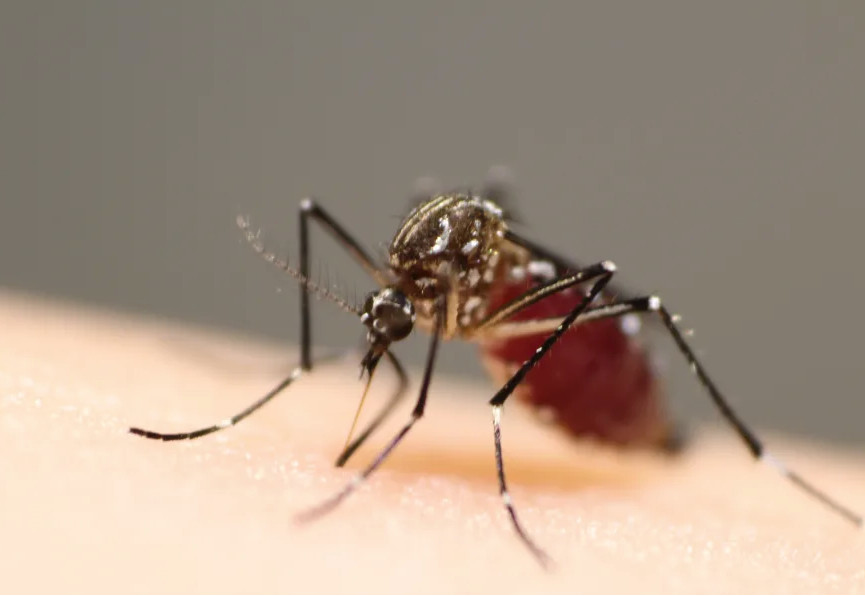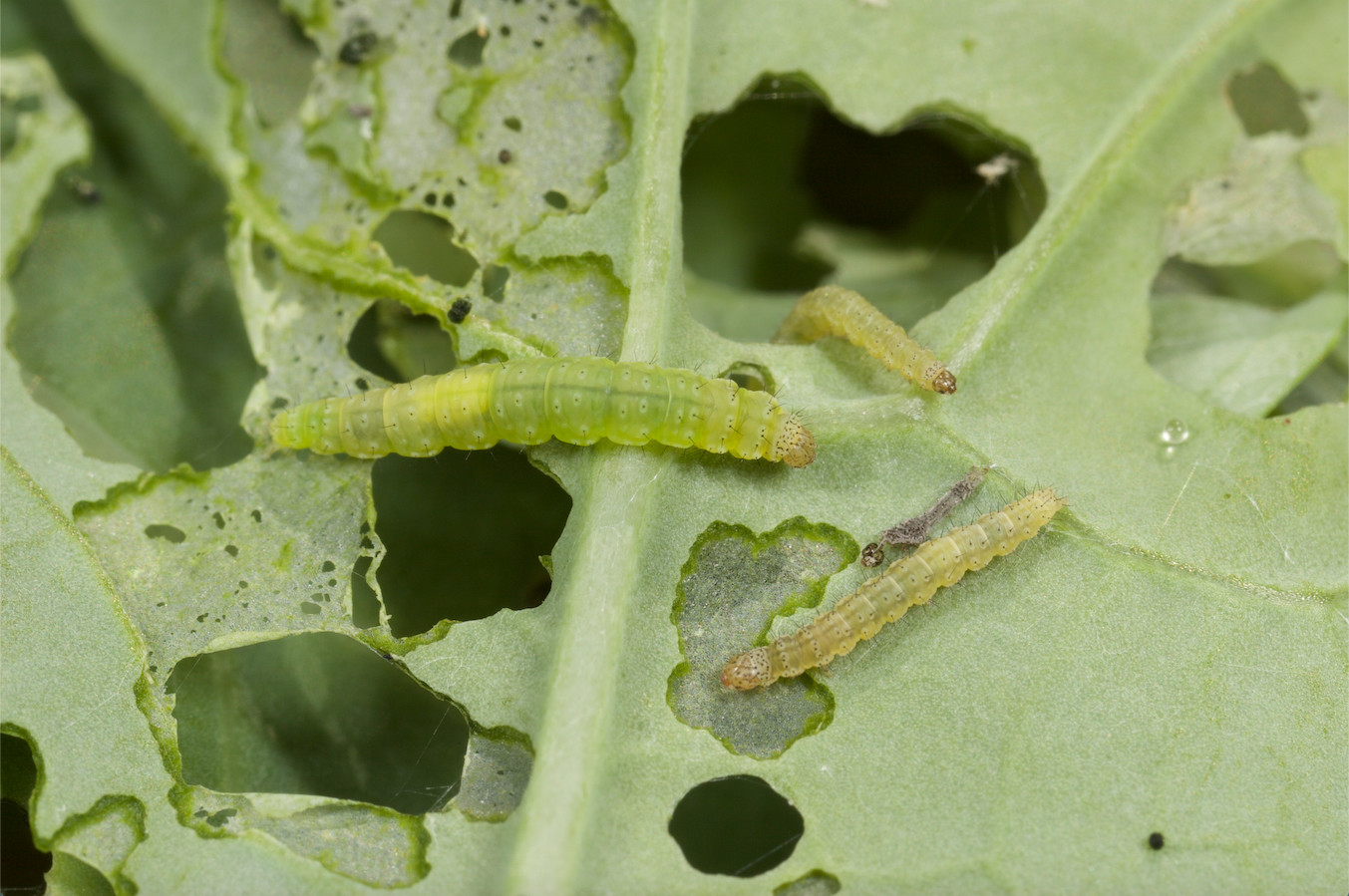
Sciences & Technology
Have resistance, will travel

Researchers are targeting essential microorganisms inside insect pests in an approach that could revolutionise agricultural pest management
Published 11 August 2020
Any home gardener knows of the long-running battle against insect pests.
The little critters that sneak into your garden beds and strip leaves are irritating among prized kale, but for farmers these tiny pests can have devastating economic impacts.
In the Australian grains industry, insect pests are responsible for over $A350 million in yield loss or damaged product per year. Damage to crops can occur directly through feeding damage or indirectly through the transmission of viruses.

The cost of controlling pests through insecticides and other products can also represent a significant expense in growers’ yearly budget, and issues like insecticide resistance and environmental impacts can further complicate pest management.
New research by the Pest & Environmental Adaptation Research Group (PEARG) at the University of Melbourne is looking at ways to manipulate tiny micro-organisms called endosymbionts in order to reduce the risk of crop damage and plant virus transmission from key insect pests.

Sciences & Technology
Have resistance, will travel
Endosymbionts are bacteria that live within the cells of other organisms (such as insects) in a symbiotic relationship.
This generally occurs through co-evolutionary processes over thousands or even millions of years, where the endosymbionts can become crucial to certain survival processes in the insect host including nutrition, reproduction and resistance to external pressures like insecticides or climatic variations.
Endosymbionts can also impact on the ability to transmit viruses and an insect’s susceptibility to predators.
The manipulation of these microorganisms has been used previously by the research team to control the transmission of dengue virus by mosquitoes. For the dengue research, the endosymbiont, Wolbachia, is transferred from Drosophila flies into target mosquitoes.

The introduction of Wolbachia into these mosquitoes reduces their ability to spread the disease amongst human populations, by either suppressing the population or by directly blocking the mosquito’s dengue transmission ability.
This strategy is now being used in large-scale releases around the world in places like Malaysia and Singapore where the process is becoming operationalised for wide-spread control of dengue.
We recently undertook a collaborative study with agricultural researchers from Beijing that has shown the potential of investigating endosymbiont manipulations in an agricultural context.

Sciences & Technology
How do we protect our unique biodiversity from megafires?
This research focussed on the melon aphid ( or Aphis gossypii, also known as the cotton aphid). This aphid is a major pest of cotton, cucurbits (like cucumbers and watermelons) and a large variety of other horticultural crops.
The melon aphid is a carrier of a number of endosymbiont bacteria – particularly Buchnera. The Buchnera and other bacteria produce specific compounds for growth that the aphids are unable to produce themselves.
The same species of aphid often consists of different colour morphs, that is variations of colour within the same species. Yellow morphs of the melon aphid actually carry higher concentrations of Buchnera and have higher levels of resistance to insecticides – including imidacloprid and sulfoxaflor compared to the green morphs.
By artificially reducing the concentration of Buchnera in the yellow morphs with antibiotics, our research team was able to increase the sensitivity of these individuals to imidacloprid and make the aphids susceptible to the chemical once again.

The PEARG team is currently involved in new research to extend these findings as part of a collaboration with environmental consultants cesar, funded by the Grains Research and Development Corporation and the University – called the Australian Grains Pest Innovation Program (AGPIP).
A core pillar of AGPIP research is investigating ways to manipulate endosymbionts in key Australian insect pests to reduce risks to grain crops.

Sciences & Technology
Grasshoppers: The new poster bug for insect conservation
This will be achieved through transfers of particular endosymbionts from one aphid species into another, as well as the suppression of endosymbionts in pest species through the application of heat and chemical treatments.
Our researchers are specifically looking into ways to manipulate endosymbionts in pest aphids to reduce the impacts of direct feeding damage and aphid-to-plant virus transmission.
In much the same way as endosymbiont bacteria block dengue transmission, they may also block the transmission of plant viruses spread by organisms such as aphids, thrips and mites.
Many endosymbionts can self-spread across pest populations through altering patterns of host reproduction such as a phenomenon known as cytoplasmic incompatibility, which favours females carrying endosymbionts.
They can also spread if they change some attributes of the host such as thermal stress resistance.

Because of this, manipulations and deliberate releases can lead to the displacement of local populations by strains that carry endosymbionts with desirable attributes – like a reduced virus transmission capacity, increased pesticide susceptibility and increased susceptibility to natural enemies.
Similar work is planned on endosymbionts in pest moth species, as well as the beneficial species that attack the moths’ larvae. This research will look to increase rates of parasitism and predation of these pests.

Sciences & Technology
Dengue-blocking bacteria endure the heat
Both the resistance of beneficial organisms to pesticides and their reproductive rates could be increased through endosymbionts, which would in turn increase their efficiency in controlling pests.
If successful, this research program has the potential to provide a radically different approach to pest management that could improve the long-term profitability and sustainability of farming practices from both an environmental and business perspective.
The microorganisms living inside insect cells will become as much of a target as the insects themselves in limiting the impact of pests.
The current research is being undertaken as part of the Australian Grains Pest Innovation Program (AGPIP). AGPIP is a collaboration between the Pest & Environmental Adaptation Research Group at the University of Melbourne and cesar. The program is a co-investment by the Grains Research and Development Corporation (GRDC) and the University of Melbourne, together with in-kind contributions from all program partners.
Banner: Green peach aphids/ cesar